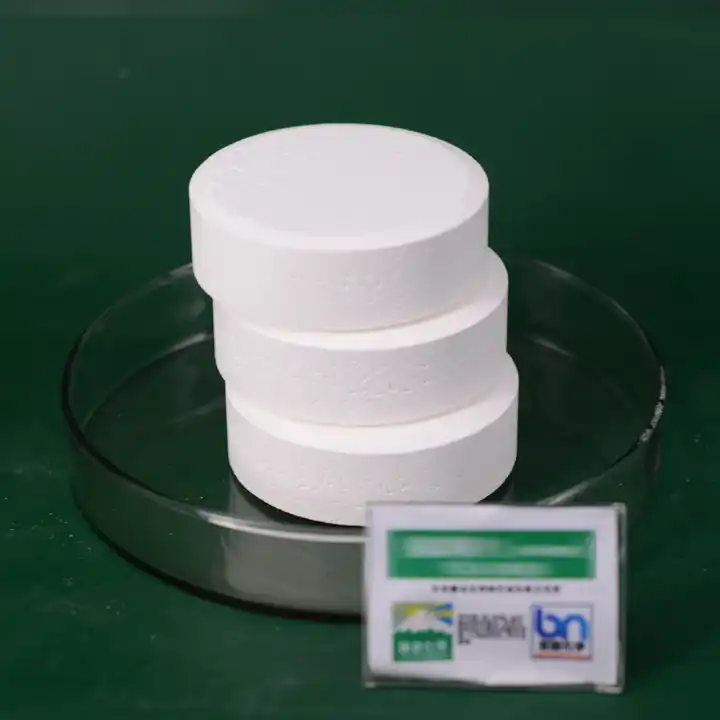In the quest for better disinfection methods, this article conducts a comparative analysis between calcium hypochlorite and sodium hypochlorite. The purpose is to understand why calcium hypochlorite exhibits a higher effective chlorine content than the sodium salt. This differentiation holds significant implications for water quality and environmental hygiene. Here, we further explore whether calcium hypochlorite’s disinfection effectiveness surpasses that of sodium hypochlorite.

The relative chlorine content is a complex and crucial issue, as it is not measured based on the natural instability of chlorine but on the appropriate oxidation state (rather than chloride ions). In this context, we focus on calculating the hypochlorite ion, as all chlorine exists in this group, simplifying the comparative work.
Firstly, the difference in effective chlorine content between calcium hypochlorite and sodium hypochlorite is analyzed from their molecular structures. The proportion of hypochlorite ions in calcium hypochlorite’s total mass is slightly higher than in sodium hypochlorite. This difference arises from the fact that the atomic mass of calcium, with two hypochlorite ions, is half that of sodium with one, resulting in more effective chlorine.
Secondly, if sodium hypochlorite exists in the common pentahydrate form, it significantly reduces the hypochlorite ion content. The presence of hydrates reduces the chlorine within the molecule, consequently reducing the available chlorine. Thus, the mass ratio of the hypochlorite ion is influenced by the hydrate’s form, affecting the overall available chlorine content.
In summary, the higher effective chlorine content in calcium hypochlorite is attributed to its molecular structure with a higher proportion of hypochlorite ions and its different hydrate form compared to sodium hypochlorite. Therefore, there exists a difference in the soluble chlorine levels between the two.
Why does calcium hypochlorite have stronger disinfection capabilities than sodium hypochlorite?
Because the chlorine in both substances exists in the form of hypochlorite ions, we only need to calculate the amount of chlorine they contain. Due to calcium’s relatively small atomic mass and the presence of two hypochlorite ions, it can generate higher effective chlorine. The interaction between Ca2+ and Cl- also has a certain impact on the disinfection effect. Based on this, we propose a new approach, suggesting that under certain conditions, Ca2+ can undergo a stronger chemical reaction with hypochlorite ions, enhancing its disinfection ability.
Sodium hypochlorite is generally in the form of the pentahydrate, meaning it has water molecules in its structure. This reduces the mass ratio of the hypochlorite ion, thereby affecting the level of available chlorine. In contrast, calcium hypochlorite’s structure lacks hydrates, making the chlorine within the molecule significantly beneficial for disinfection.
In conclusion, the study of increased available chlorine in calcium hypochlorite reveals a subtle disinfectant process. While both compounds are indispensable parts of water treatment, the unique properties of calcium hypochlorite offer notable advantages. This outcome emphasizes the need to consider multiple factors when selecting an appropriate disinfectant for a specific purpose. In the complex process of water purification, awareness of the subtle differences between various disinfectants is crucial to ensure optimal hygiene efficiency.